In the past, sugarcane was the most effective crop to alleviate poverty in Quang Ngai . I spent my childhood filled with the scent of sugarcane and cheerful nursery rhymes throughout the moonlit season. Then, when the dry rays of sunlight announced the season, when “the sweet sugarcane gradually reached the top”, my heart sank with many emotions. Due to the weather and soil characteristics of the Central Coast region, it is usually the sixth lunar month that my hometown reaches the sugarcane harvest season. At this time, all over the fields, slopes, and sugarcane fields have begun to dry and crack, the leaves have turned silver, rustling in the wind. In the vast deserted space, mixed with the fragrance of the grass and flowers along the shore is the sweetness of sugarcane sugar wafting from the hands of the cowherd children.
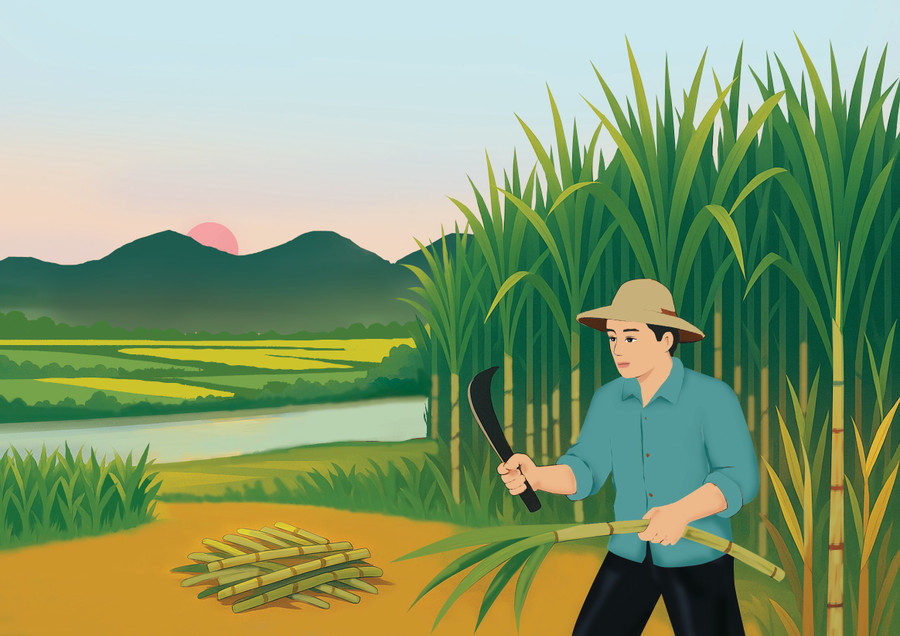
It is not clear when sugarcane was planted in my hometown, but the book “Dai Nam Thuc Luc” compiled by the National History Institute of the Nguyen Dynasty shows that sugarcane planting and sugar making were very prosperous since the time of the first kings of the Nguyen Dynasty. At that time, the court set a rule to buy sugar in large quantities every year, some years more than one hundred thousand kilograms, for the court to use and export. Especially when the Minh Huong people (from China) from Co Luy came to settle, forming Thu Xa city, trading in many things, including sugar and mirror candy. Also here, in the old documents still preserved, the local people opened a sugar processing factory. Sugar was extracted to make refined sugar products, creating specialties that we still hear about today such as: rock sugar, lung sugar, mirror candy... These types of sugar were sold, and molasses was considered a by-product used only as a binding material, called “three compounds” (including lime, sand, molasses) to build walls and columns when there was no cement.
Sugarcane is an industrial crop with high economic value, so at one time, the sugarcane industry in my hometown was very developed. There were up to 2 sugar factories built, operating effectively, creating jobs for hundreds of workers. Since then, the area of land for sugarcane cultivation has been expanded. Manual and spontaneous sugar processing is no longer active. When harvest season comes, instead of carrying bundles or using ox carts to bring them home, now we just need to pile them up on the bank, and the sugarcane company's trucks will come to collect them.
One day, visiting a village acquaintance’s house, I was surprised by the old space that still existed in the corner of the garden: a rotten thatched hut, a set of rotating shafts, a large pot and a clay stove that had peeled off, leaving only the bamboo skeleton. I looked closely, recalling the bustling scene of sugarcane pressing to extract molasses and make sugar. I thought of the buffaloes chewing grass while pulling the goods around the fixed shaft. I remembered the spoonfuls of brown sugar, the final result, and could not forget the smiles of the uncles and aunts when the sugar yield was higher than expected.
There is a type of sweet, sticky sugar from sugarcane that anyone born and raised in a sugarcane-growing countryside will certainly know, that is young sugar. The sugarcane juice is pressed, put into a large pot to boil, people can add lime powder. When boiling, skim off the dirty foam, ladle it into another pot to let the residue settle and then continue cooking. Young sugar is the product obtained when the sugarcane juice has not been cooked to the point of crystallization, still soft, fragrant, and thick. From the careful and meticulous care in each step to create sugar, in my hometown there appear many meaningful folk songs: "Clear sugarcane juice also turns into sugar/I love you, I know, but ordinary habits do not know".
My hometown is known as the land of sugarcane, not at all exaggerating. But that was in the past, but now, the sugarcane industry has gradually faded away. 5 years ago, 1 of the 2 famous sugar factories in the province stopped operating, the remaining factory is no longer as productive as in the "golden" days. Many officials and workers were mobilized to work at An Khe Sugar Factory ( Gia Lai province). And of course, the sugarcane growing land has been restructured, cultivating other crops or perennial plants.
One time when I returned to my hometown, I passed by a field and saw an abandoned sugarcane watchtower, next to which the sugarcane clump had withered leaves. I knew that the sugarcane industry was over. Where were the calls to go out to the fields to catch sugarcane birds? Where were the convoys of trucks carrying sugarcane back to the factory? Where was the sweet, lingering taste of young sugar? I felt my heart heavy with worries, and suddenly a familiar poem echoed somewhere: “Remembering my homeland, green mulberry, sweet sugarcane/The scent of the apricot blossoms in the afternoon shimmers with golden silk” (Te Hanh).
Source: https://baogialai.com.vn/mot-thoi-huong-mia-post328312.html



![[Photo] Unique art of painting Tuong masks](https://vphoto.vietnam.vn/thumb/1200x675/vietnam/resource/IMAGE/2025/11/14/1763094089301_ndo_br_1-jpg.webp)
![[Photo] Unique architecture of the deepest metro station in France](https://vphoto.vietnam.vn/thumb/1200x675/vietnam/resource/IMAGE/2025/11/14/1763107592365_ga-sau-nhat-nuoc-phap-duy-1-6403-jpg.webp)

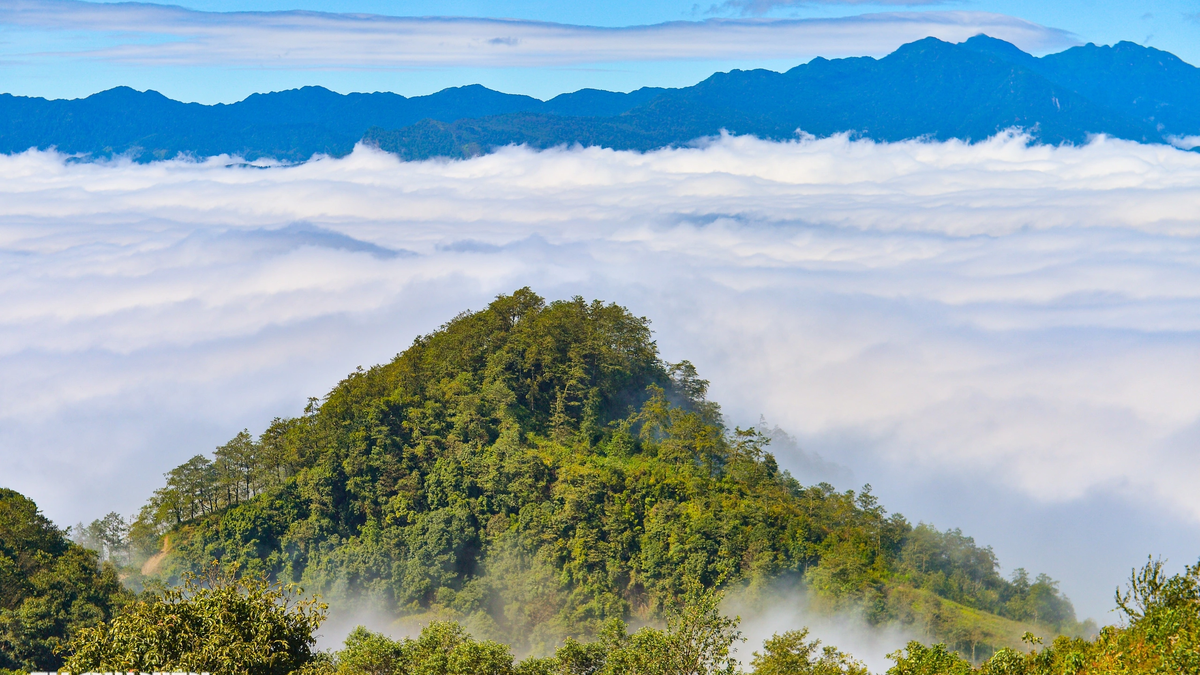

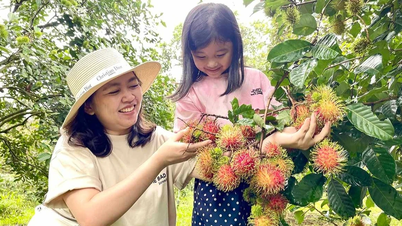



















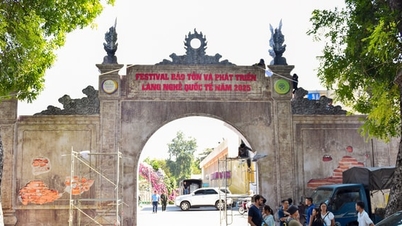

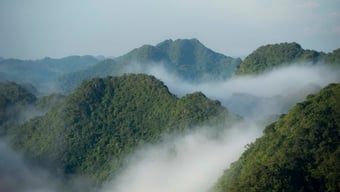



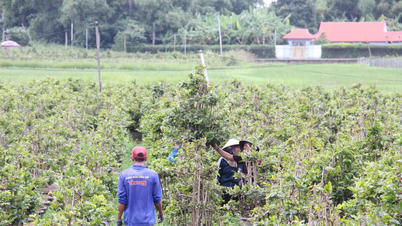
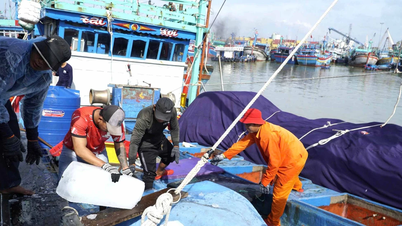
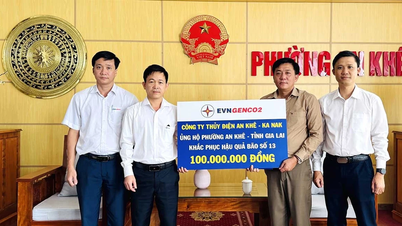
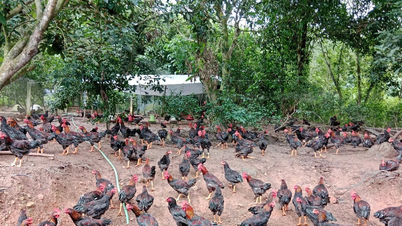

![[Photo] Special class in Tra Linh](https://vphoto.vietnam.vn/thumb/1200x675/vietnam/resource/IMAGE/2025/11/14/1763078485441_ndo_br_lop-hoc-7-jpg.webp)

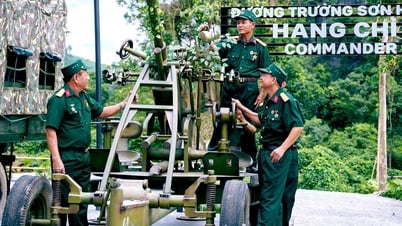






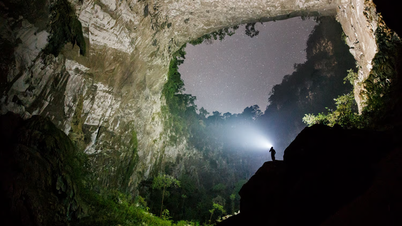





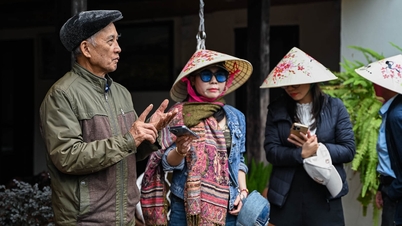





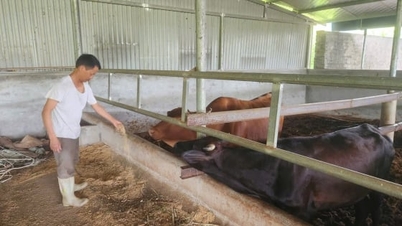









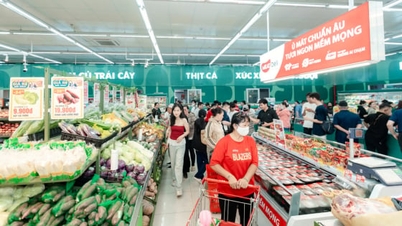

















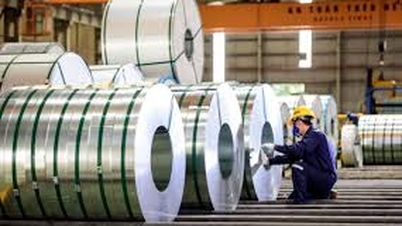




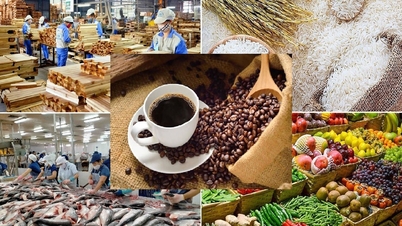


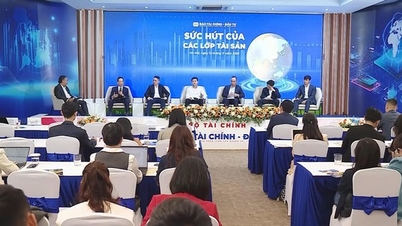

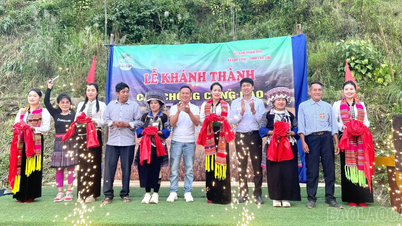

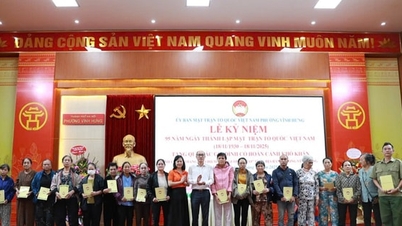








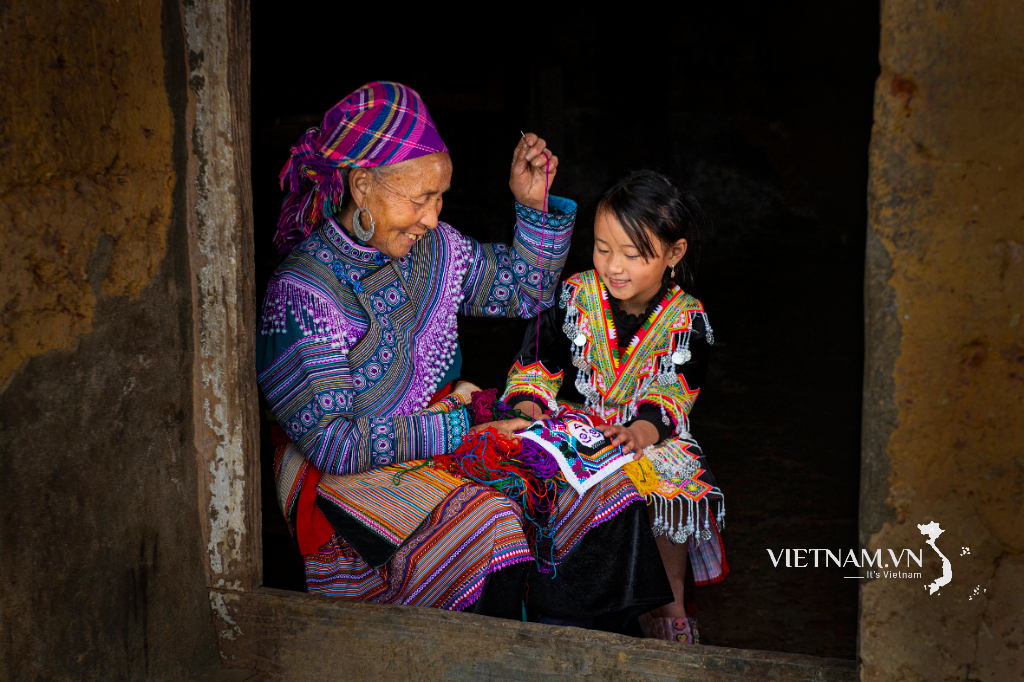


Comment (0)